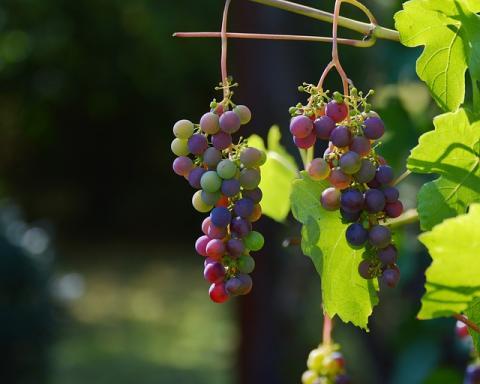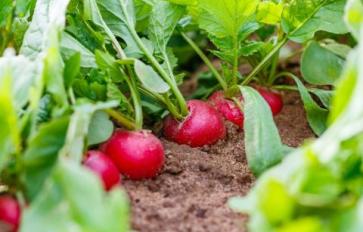
“Terroir” is a French term that stems from the word “terre,” meaning “land” or “earth.” It is a concept commonly used when discussing wine and vineyard-growing regions. The “terroir” of a given wine – the complexities of its flavor – essentially depends on four unique factors: climate, soil, terrain, and tradition. Combined, these four aspects offer a unique and non-replicable terroir associated with the wine that is produced under those specific circumstances. This is why different types of wine have different names and where wine gets complicated…and where I change the subject a bit.
While the term terroir was originally used to describe and explain how the factors of a given environment affect the flavor profile of a wine, terroir embodies the general idea that place affects the products therein. In concept, terroir presents a way of understanding how the environment affects what thrives in it. On a larger scale, it is basically the idea that everything is the way it is because of where it is from. There is terroir of wine, cheese, beer, olive oil, maple syrup, chocolate, spices, and even (or especially, with the growing “boutique” industry) cannabis. Cinnamon grown in Indonesia is going to be different from cinnamon grown in Sri Lanka. Cheese made in Normandy from the milk of grazed cows is definitely different from cheese made in New York from the milk of cows that live in stalls their whole lives.
As it does cows, our environment affects us humans. We each possess our own, inimitable terroir. It’s simpler than it sounds; our body exists in the external environment that is wherever we call “home.” This environment is as large as the country and city we live in, the climate, the culture, the community, and as small as our dwelling or personal space. Even beyond that, our body exists as its own environment, as a space that is both affected by the outside environment and by what we allow to enter our “body environment.”
Figuratively speaking, the factors that produce an olive oil with a light, smooth, and citrusy flavor are also the same factors that form us as individuals. Climate: some live in sunny California, and some prefer a cold east coast winter. Soil: a fair portion of what we eat (hopefully) comes from the ground; some soils – and therefore foods – are richer than others. Terrain: coastal communities are different from mountain towns and bustling cities and rural country villages. Tradition: have you lived in the same place your whole life? How are you living out your family history, or not? Are there certain traditions in your “home” associated with climate, soil and terrain?
Our body has its own metaphorical climate, soil, terrain and tradition. This includes everything from genes and preexisting conditions, microbial communities, shape and form and build, abilities and habits… Terroir is everywhere and in everything we do. The activities in which we participate form us, as do the people we spend our time with, places and spaces we frequent, material things we add to our life, challenges we take on and struggles we overcome – these things change us in a way that is ours and only ours.
So, next time you have a glass of red wine with your dinner, toast to the terroir you both share…in your own unique ways.








